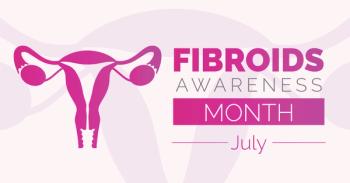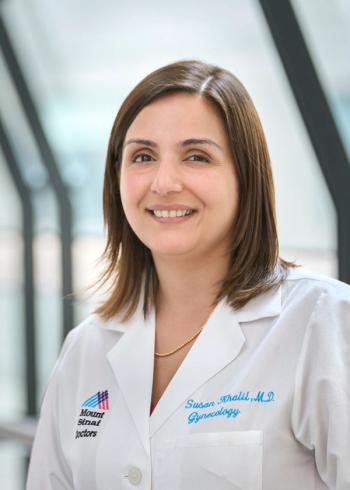
Treatment efficacy for uterine fibroids
A study examined the treatment efficacy of uterine artery embolization (UAE) or magnetic resonance imaging-guided focused ultrasound surgery (MRgFUS) for uterine fibroids.
Equivalent uterine fibroid volume reduction was achieved with either uterine artery embolization (UAE) or magnetic resonance imaging-guided focused ultrasound surgery (MRgFUS), according to a study.
However, the study in the Journal of Women’s Health concluded that nonperfused volume 24 months after the procedure was significantly higher in the UAE arm than in the MRgFUS arm.
“Comparative effectiveness trials for uterine fibroids are important to provide women and providers data to make informed choices,” said senior author Shannon Laughlin-Tommaso, MD, MPH, an associate professor and chair of gynecology at the Mayo Clinic in Rochester Minnesota. “In our prior work, we reported outcomes for both symptoms and the need for additional treatments. In the current study, we report the imaging outcomes. This is a major interest to patients because ultrasound is employed to monitor fibroid treatments.”
The study analyzed uterine and fibroid imaging from the Fibroid Interventions: Reducing Symptoms Today and Tomorrow (FIRSTT) study, which enrolled premenopausal women with symptomatic uterine fibroids between 2010 and 2014.
Overall, 25 of the 37 women who were randomized and treated at Mayo Clinic had a 24-month follow-up magnetic resonance imaging (MRI): 11 for UAE and 14 for MRgFUS. In addition, 15 of these 25 women had a 36-month follow-up MRI: seven for UAE and eight for MRgFUS.
Nine of the 37 women had a second fibroid procedure by 36 months: seven in the MRgFUS arm and two in UAE arm.
The three main outcomes of the subanalysis were fibroid volume reduction (defined as both total fibroid load and volume of the largest fibroid), uterine volume reduction and nonperfused volume.
The median total fibroid load reduction of all fibroids in the uterus was roughly 50% for both UAE and MRgFUS, at both 24- and 36-month follow-up.
But volume of the largest fibroid decreased more in the MRgFUS arm, whereas uterine volume decreased more in the UAE arm, although neither finding reached statistical significance.
On the other hand, at 24 months, the median nonperfused volume was significantly higher among UAE patients than MRgFUS patients: 92% vs. 10%, respectively.
“We were pleased to see a 50% reduction in fibroid load following either UAE or MRgFUS,” Laughlin-Tommaso told Contemporary OB/GYN. ”This correlates with the high symptom relief we saw in the FIRSTT study after both treatments.”
Laughlin-Tommaso noted there are many good alternatives to hysterectomy for fibroid therapy and that the treatment option should be individualized to the specific woman. “Our study demonstrates that both treatments offered good size reduction in the fibroids,” she said.
Nonetheless, the FIRSTT study found a significantly higher reintervention rate in the MRgFUS arm. “Many variables impact treatment choice, including age, fibroid symptoms, number and size of fibroids and ovarian function,” Laughlin-Tommaso said. “Therefore, UAE may be better for some women and MRgFUS for others.”
Clinicians discussing goals of fibroid therapy with the patient ahead of time is paramount in allowing shared decision-making and high efficacy of treatments, according to Laughlin-Tommaso. “Questions we ask the woman include Do you desire future fertility? What symptoms do you wish to address? We also discuss reintervention rates and recovery times for procedures.”
Laughlin-Tommaso stated that more research is needed to understand the best fibroid treatment for every woman. “Meanwhile, most women have a good alternative to hysterectomy,” she said.
Disclosure:
Laughlin-Tommaso reports no relevant financial disclosures.
Reference:
1. Laughlin-Tommaso SK, Gorny KR, Hesley GK, et al. Uterine and fibroid imaging analysis from the FIRSTT study. J Womens Health (Larchmt). Printed online July 8, 2021. doi:10.1089/jwh.2020.8892
Newsletter
Get the latest clinical updates, case studies, and expert commentary in obstetric and gynecologic care. Sign up now to stay informed.











